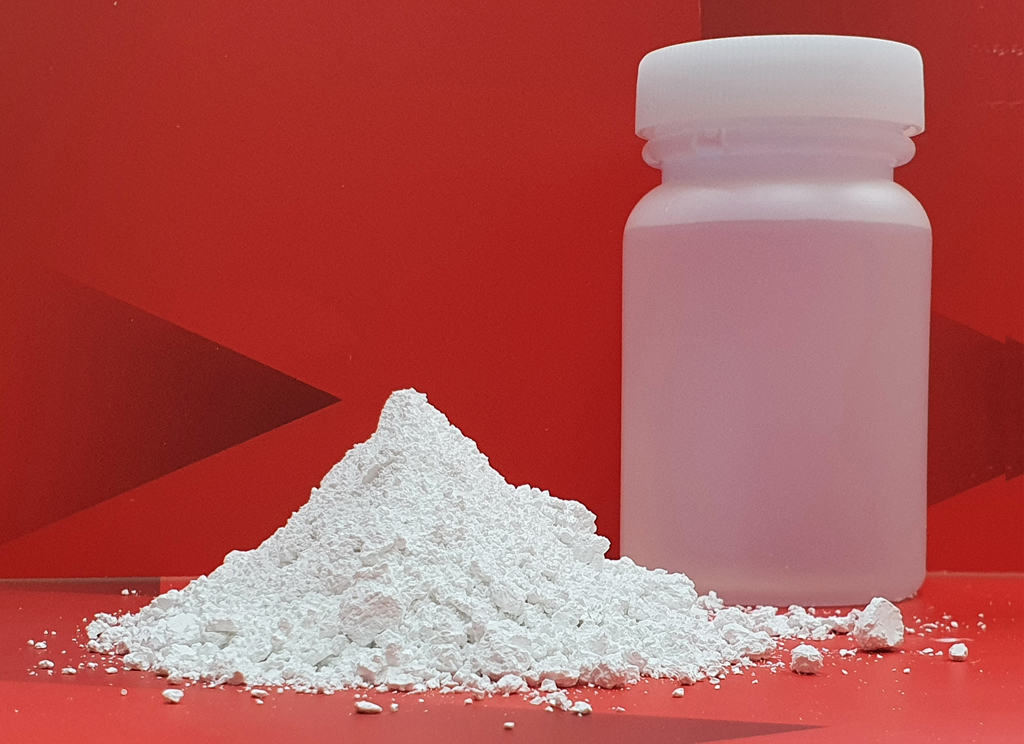HOME>>Product Description(Filler Powder/Filler Masterbatch/Additives)>>TAIC Crossinglinking Coagent (Powder)

TAIC Crossinglinking Coagent (Powder)
Specifications
Item: ET-102 (70% TAIC, 30% silica)
Boiling point: 144°C/(3mmHg), 297°C/(N2 760mmgHg)
Density: 1.155 (30°C)
Melting point: 24-26°C
Viscosity: 85±2cps (30°C)
Flash point: 355°C
Description
TAIC (Triallyl Isocyanurate) is a versatile crosslinking agent with the chemical formula C₁₂H₁₅N₃O₃.It appears as a light yellow crystalline powder and features highly reactive allyl functional groups. It is widely used in the crosslinking modification of polymer materials, significantly enhancing their heat resistance, mechanical strength, and chemical stability.
Features
Crosslinking coagent: In peroxide and radiation crosslinking vulcanization systems, it provides rapid grafting crosslinking, and its ability to extend the vulcanization time results in a more complete crosslinking process.
Modifier: Effectively improves the compression set of synthetic resins and synthetic fibers, shortening the injection molding, extrusion, and secondary molding time.
Plasticizer: Enhances heat resistance and enables the production of products with varying hardness and flexibility.
Efficient crosslinking: Contains three allyl groups, which can undergo free radical crosslinking reactions with various resins (such as rubber and plastics) to form a three-dimensional network structure.
High temperature resistance: The crosslinked material can withstand temperatures above 200°C, making it suitable for applications in high-temperature environments.
Low volatility: The powder exhibits high form stability and low volatility during processing, minimizing material loss.
Wide compatibility: Compatible with materials such as EPDM, PE, PVC, and silicone rubber, and can be used as a co-crosslinking agent or coagent.
Others: Flame-retardant raw materials, diluents for coating/UV/non-volatile coating processing, and media for UV-curing (bridging) coatings.
Applications
Rubber industry: Used for crosslinking EPDM, NBR, and silicone rubber, enhancing aging resistance and compression set resistance (e.g., automotive seals, cable jackets).
Plastic modification: Improves the heat resistance and mechanical strength of polyethylene (PE) and polypropylene (PP) (e.g., pipes, electronic components).
Coatings and Adhesives: Acts as a crosslinker for UV-curing coatings, enhancing coating hardness and abrasion resistance.
Electronic materials: Used for high-temperature modification of insulating materials (e.g., copper-clad laminates).
Specialty composites: Blended with unsaturated polyester resin to produce high-strength glass fiber reinforced materials.